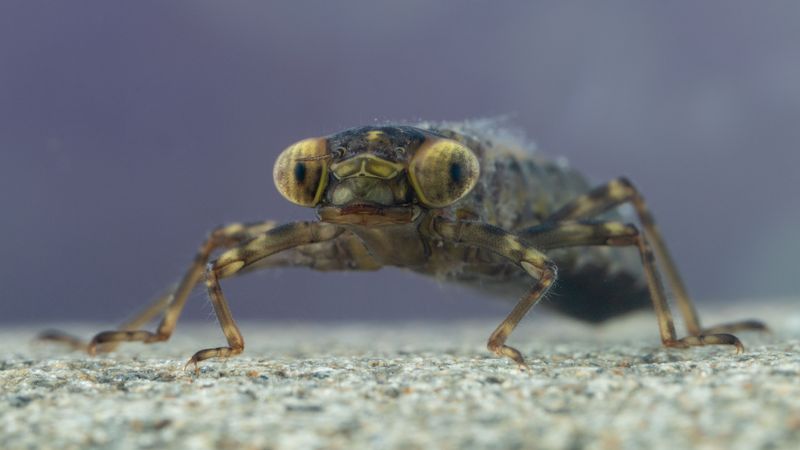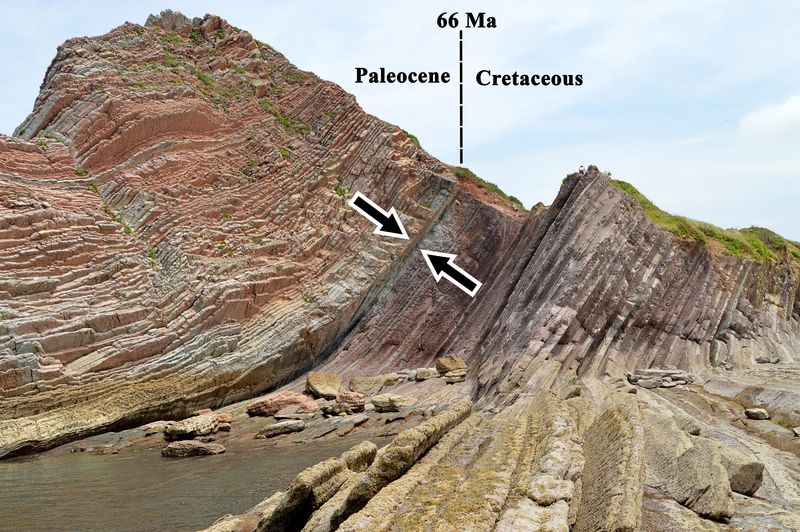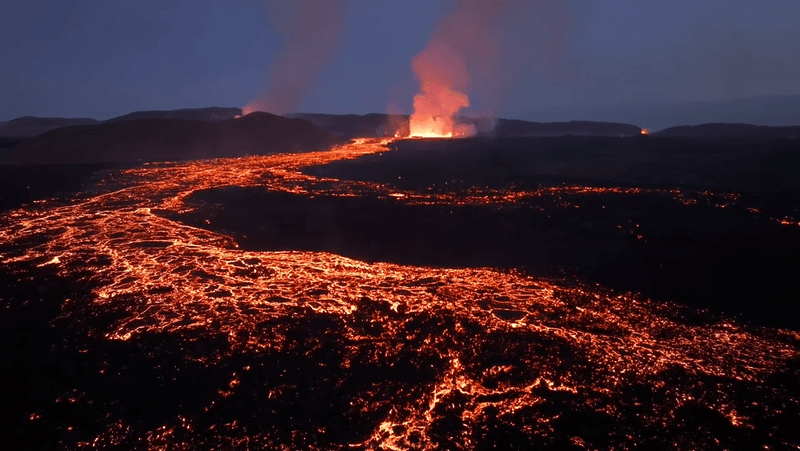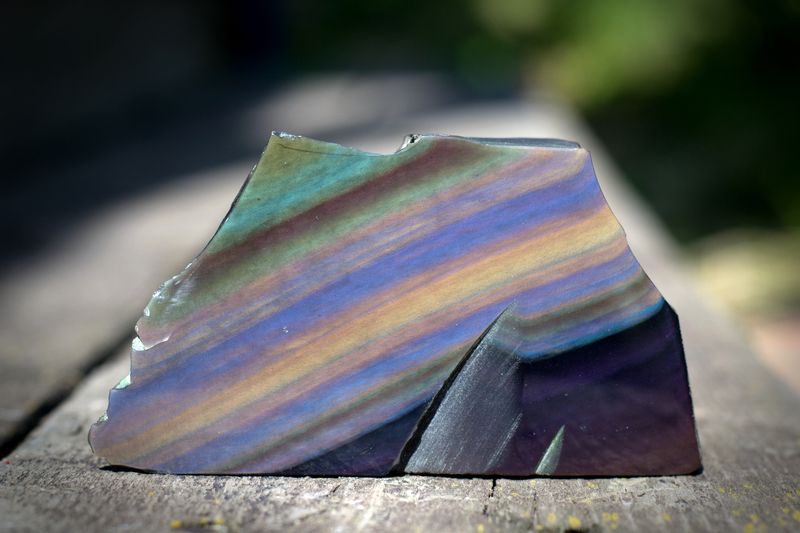We all know that the animal kingdom is full of creatures doing some pretty remarkable and sometimes downright weird activities. Whales are creating bubble nets to catch krill, while in the insect world, juvenile dragonfly nymphs are breathing through their butts.
Dragonflies are pretty ancient and have been flying about on Earth since the Paleozoic Era, roughly 350 million years ago. Now, around 7,000 species live on every continent on Earth apart from Antarctica. What most people don’t realize about these pretty flying dragons is that they are actually voracious predators, even as juveniles.
There are three life stages of a dragonfly: egg, larva, and adult. Females can lay hundreds of eggs, which are most often deposited on plants near the water level. Some species inject their eggs directly into stream beds. After hatching is the most important stage, as well as the longest. Dragonflies spend most of their lives in the larval or nymph stage – depending on the species, it can take anything from a few months to over five years.
Juvenile dragonflies have a bizarre collection of pretty surprising adaptations that all stem from their behinds. Their ability to grab their prey is directly related to their butts. Water is drawn in through the anus, then the nymph tenses its muscles against all that water, which in turn raises the pressure inside the rectum and pushes its mouthparts out. This strike can take just 10 to 30 milliseconds.
As well as catching prey, the nymphs can also use their back ends as a kind of jet propulsion system to push them through the water. Water stored in the rectal chamber can be forced back out at high pressure, thereby pushing the nymph forward at high speed.
Even more impressive is that the rectal chamber also contains gills. The water passes over these gills and oxygen is extracted by them, therefore these dragonfly nymphs are breathing through their butts. It is thought that the rectal gill evolved from the end of their colon.
Once they grow up into adults, dragonflies breathe through holes and tubes in the sides of their bodies called spiracles. There is even an intermediate stage at the last stage of a juvenile, before it becomes an adult, known as an instar, where it is simultaneously able to breathe air through spiracles and through the rectal gill.





